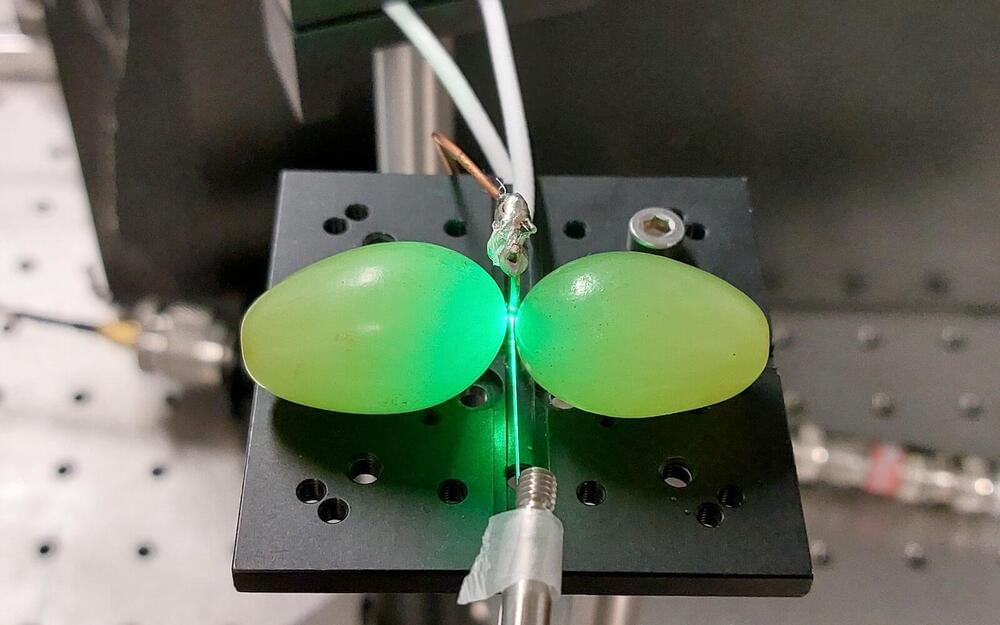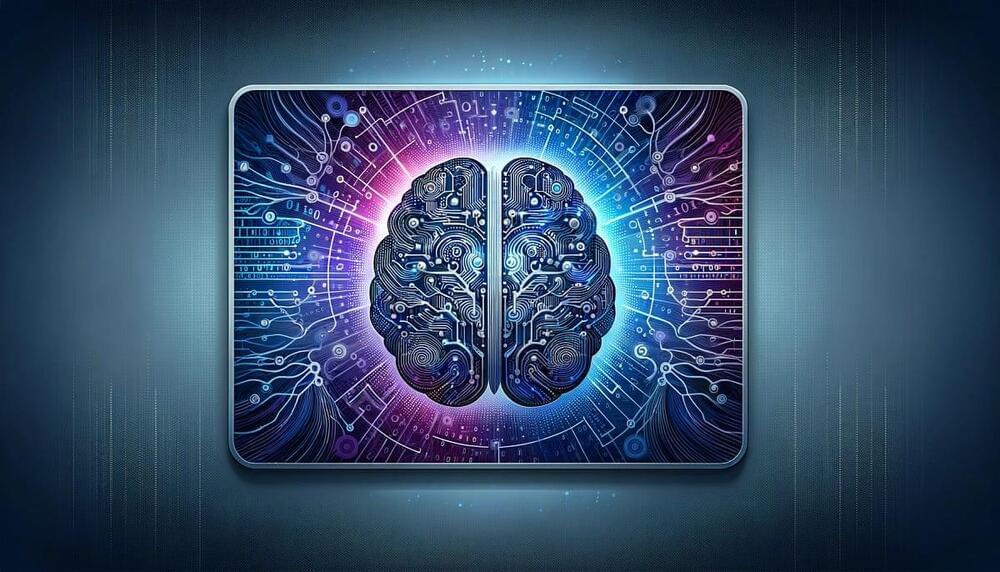Macquarie University researchers have demonstrated how ordinary supermarket grapes can enhance the performance of quantum sensors, potentially leading to more efficient quantum technologies.
The study, published in Physical Review Applied on 20 December 2024, shows that pairs of grapes can create strong localized magnetic field hotspots of microwaves which are used in quantum sensing applications—a finding that could help develop more compact and cost-effective quantum devices.
“While previous studies looked at the electrical fields causing the plasma effect, we showed that grape pairs can also enhance magnetic fields, which are crucial for quantum sensing applications,” says lead author Ali Fawaz, a quantum physics Ph.D. candidate at Macquarie University.








